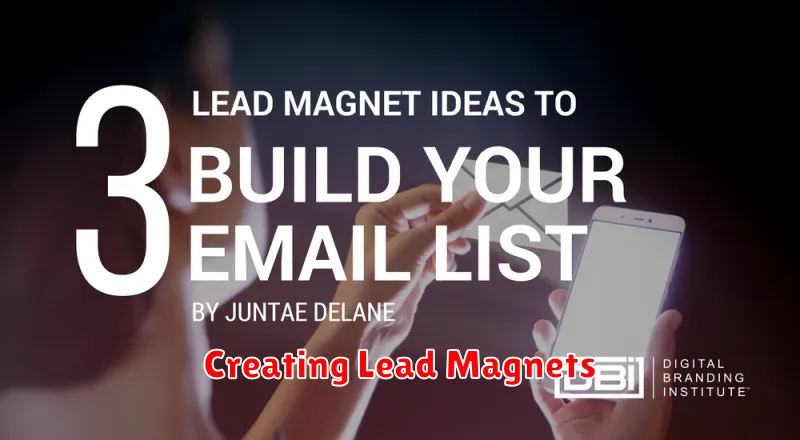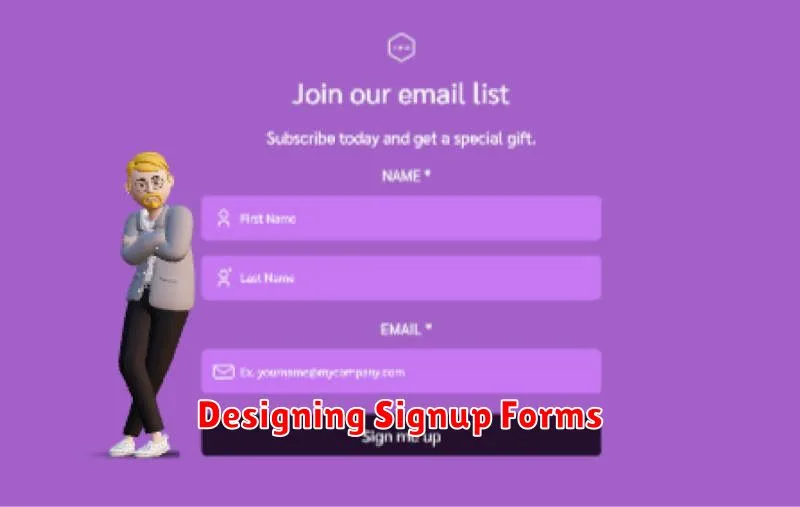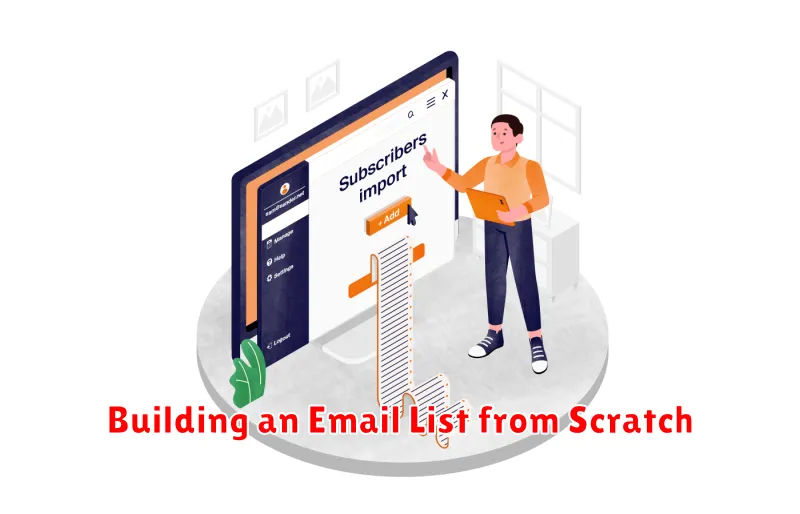Building an email list from scratch is crucial for any business, whether you’re just starting out or looking to expand your current reach. A robust email list provides a direct line of communication to your target audience, allowing you to nurture leads, build stronger customer relationships, and drive conversions. This article will provide you with a comprehensive guide on how to build an email list organically, from zero subscribers to a thriving community of engaged individuals. We will cover essential strategies for attracting subscribers, optimizing your signup process, and ultimately, leveraging your email list for business growth.
Learning how to build an email list effectively is an investment that yields significant returns. Forget relying solely on unpredictable social media algorithms. A well-cultivated email list puts you in control of your messaging and allows you to connect directly with your audience. This article will explore practical, actionable steps for creating a high-quality email list that is targeted, engaged, and contributes to your overall marketing success. From crafting compelling lead magnets to segmenting your audience for personalized communication, you’ll discover the essential elements for building an email list from the ground up.
Why You Need an Email List
In today’s digital landscape, building a robust email list is crucial for any business or individual seeking to connect with their audience. It provides a direct line of communication, allowing you to nurture relationships and share valuable content directly with interested individuals.
Unlike social media platforms where algorithms dictate visibility, you own your email list. This means you’re not subject to the ever-changing rules of third-party platforms, ensuring consistent and reliable access to your subscribers.
An email list is a powerful tool for driving conversions. It enables you to promote products, services, and events directly to a targeted audience who have already expressed interest in what you have to offer, leading to increased sales and engagement.
Building a strong email list fosters a sense of community. It provides a platform for you to connect with your audience on a deeper level, share exclusive content, and gather valuable feedback, ultimately strengthening your brand loyalty.
Creating Lead Magnets

A lead magnet is a valuable piece of content offered for free in exchange for a visitor’s contact information, typically their email address. It’s the cornerstone of building an email list. The key is to create something genuinely helpful and relevant to your target audience.
Consider what problems your audience faces and how you can solve them with a concise, easily digestible piece of content. Some effective lead magnet ideas include:
- Checklists: Provide a step-by-step guide for completing a task.
- Templates: Offer pre-designed resources that save time and effort.
- Ebooks or Guides: Share in-depth knowledge on a specific topic.
- Webinars: Host a live online training session.
- Discounts or Free Trials: Entice potential customers with exclusive offers.
Remember to keep your lead magnet focused and high-quality to maximize its effectiveness in attracting subscribers.
Designing Signup Forms

Effective signup forms are crucial for building a robust email list. A well-designed form encourages visitors to subscribe, while a poorly designed one can drive them away.
Keep forms concise. Only ask for essential information, typically the user’s email address. Additional fields, such as name, can be beneficial for personalization, but each added field potentially reduces conversions.
Placement matters. Consider embedding forms within your content, using pop-up forms, or dedicating a prominent section of your website for signup.
Clarity is paramount. Use a clear call to action that explains the benefit of subscribing. Button text like “Subscribe” or “Join Our List” works well.
Finally, ensure your forms are mobile-friendly. A responsive design is essential for capturing leads from all devices.
Promoting Across Channels
Promoting your email signup across various channels is crucial for consistent list growth. Diversification ensures you reach a wider audience and maximizes your signup opportunities.
Website Integration: Embed signup forms strategically. Consider using pop-up forms, but ensure they are user-friendly and not overly intrusive. Place inline forms within blog posts and at key conversion points like the checkout page.
Social Media Promotion: Utilize platforms like Facebook, Instagram, and Twitter. Run targeted ads specifically promoting your email list. Share valuable content that entices users to subscribe for more.
Content Marketing: Offer valuable lead magnets such as ebooks, checklists, or webinars in exchange for email signups. This provides an incentive for users to join your list.
Offline Strategies: Don’t neglect offline opportunities. Include signup calls-to-action on printed materials like brochures or business cards. Collect emails at events or in-store through tablets or signup sheets.
Using Popups Wisely
Popups can be a powerful tool for list building, but they need to be used strategically to avoid annoying visitors. Placement and timing are key considerations.
Avoid intrusive popups that appear immediately upon arrival. Instead, consider a timed popup that appears after a user has spent a certain amount of time on your site, demonstrating engagement. Alternatively, a scroll-triggered popup, appearing after a user scrolls a certain percentage down the page, can also be effective.
Targeting is crucial. Use popups relevant to the specific page content or user behavior. For example, a blog post about email marketing could trigger a popup offering a free email marketing checklist.
Keep your popup concise. Clearly state the value proposition and make the signup process simple. A short form with only the essential fields (typically email address) is recommended.
Finally, ensure the popup is easy to close. A prominent close button respects the user experience and prevents frustration.
Nurturing Subscribers from Day One
Subscriber nurturing begins the moment someone opts into your email list. This initial interaction is crucial for establishing a positive relationship and setting the stage for future engagement.
A well-crafted welcome email is the cornerstone of a strong nurturing strategy. This first email should thank subscribers for joining, reiterate the value they’ll receive, and set clear expectations for future communication.
Consider implementing a welcome sequence, a series of automated emails delivered over a set period. These emails can introduce your brand, showcase your best content, and offer exclusive discounts or promotions to new subscribers.
Segmentation plays a key role in effective nurturing. By understanding subscriber interests and demographics, you can tailor your messages to provide relevant and valuable content that resonates with each individual.

